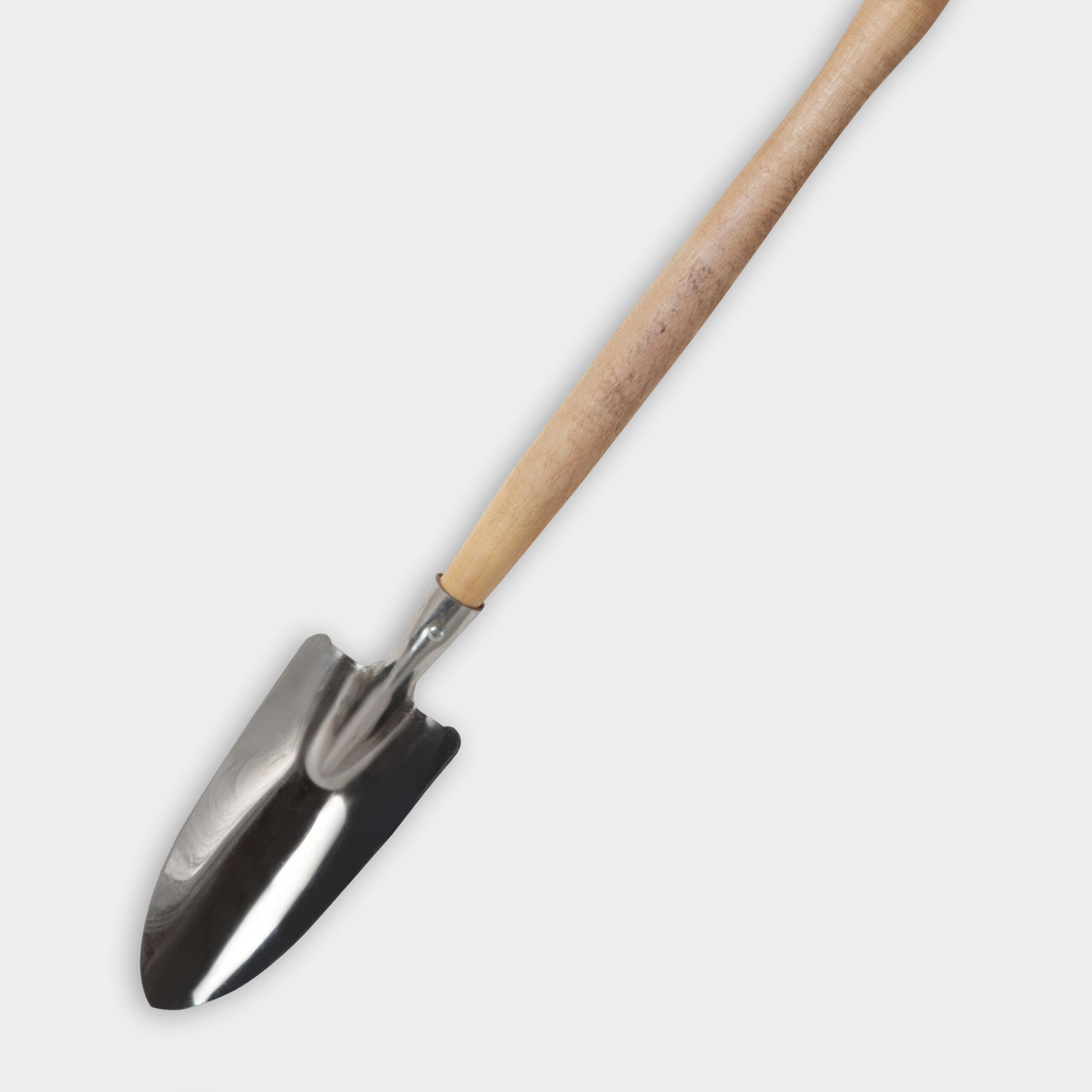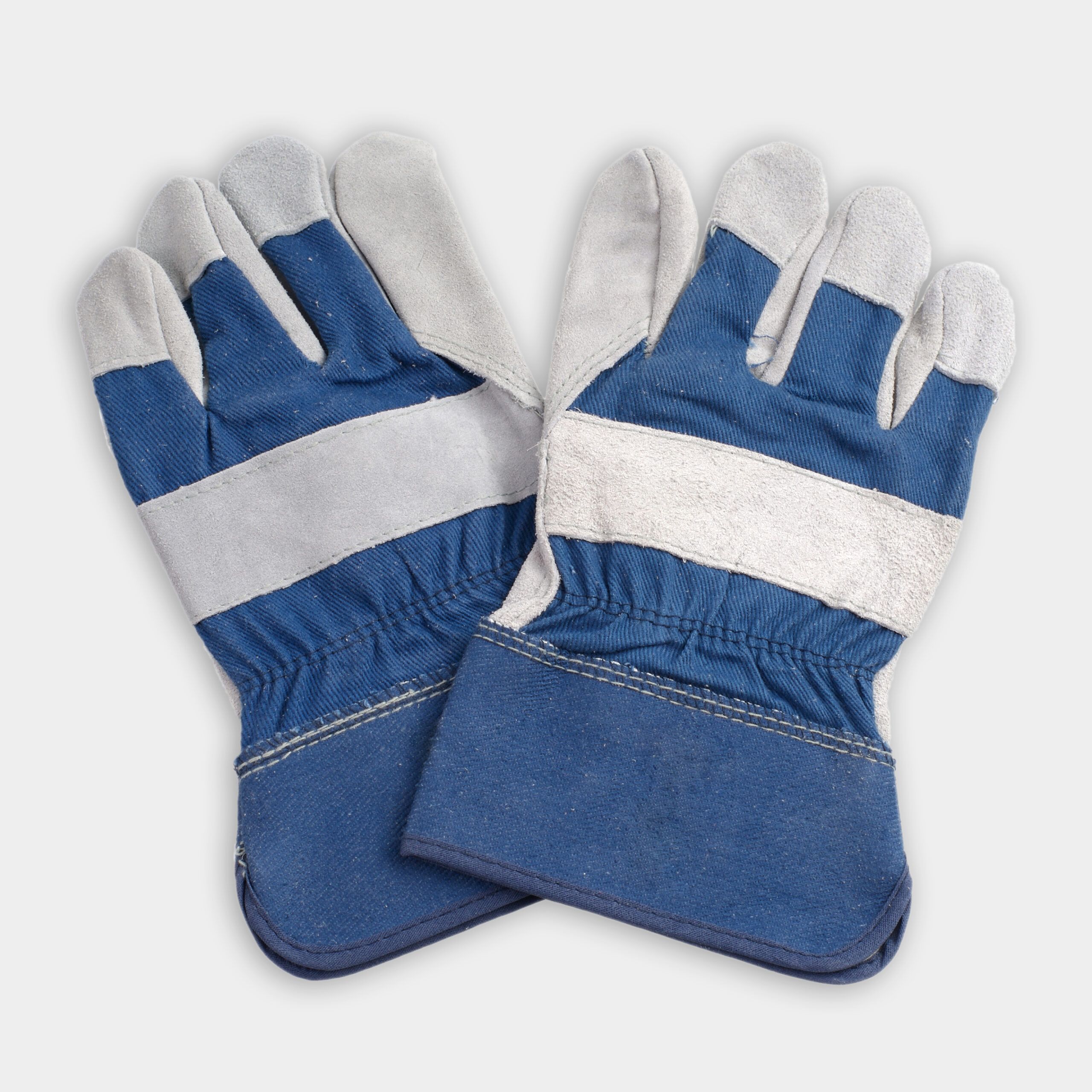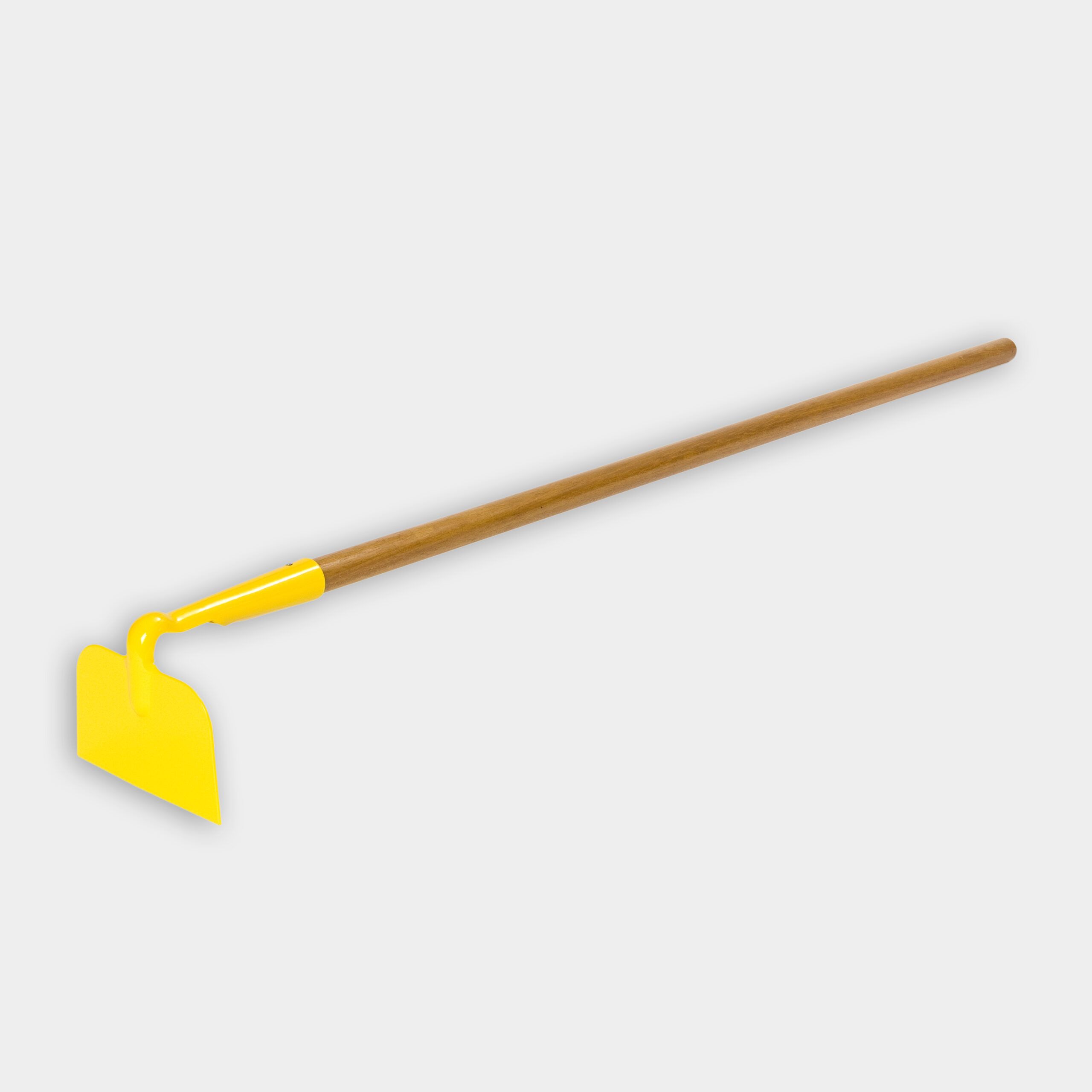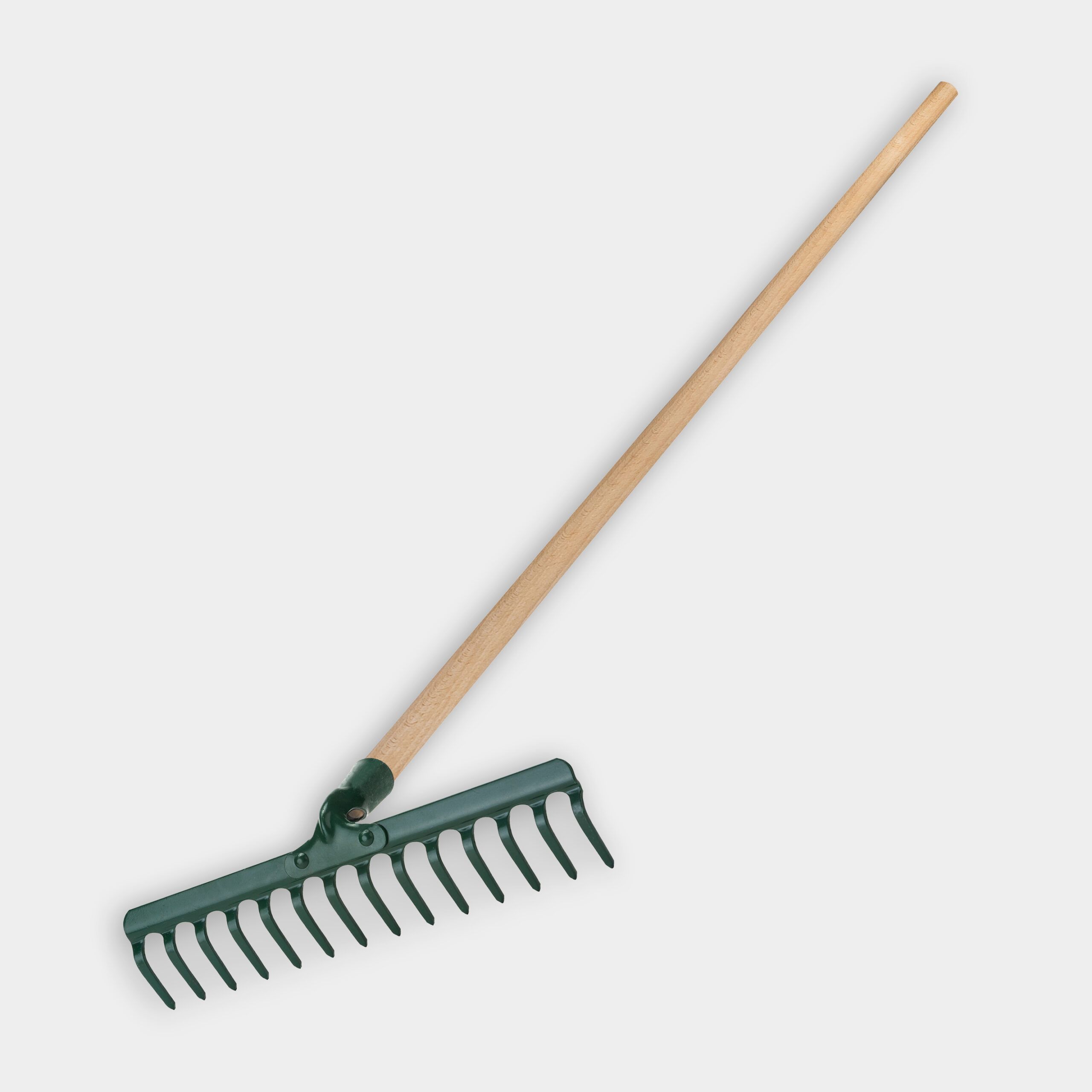Jenn Nawada takes us on a house call to help a homeowner give new life to her light-challenged backyard. Jenn helps by building a drip edge that will help preserve the shed first. Then, she creates a sun and shade garden, using certain plants where the sun shines through and others in areas that are primarily shaded. The result is the backyard transformation that the homeowner was looking for.
Gardens that receive both sun and shade can be difficult to plant in. Plants that need sun won’t get enough in the sunny section, while those that don’t need it will suffer from too much heat on the sunny side of the yard. Landscaping contractor Jenn Nawada takes us through the process of planting a transition garden.
Creating a Sun and Shade Garden
Start with a Drawing
When Jenn gets to a client’s home, she surveys the yard and takes measurements. Then, she sits down with her sketch pad and gets to work to come up with a sketch for the homeowner. The drawing includes different locations for plants and features, keeping in mind that some areas will have different sunlight exposure.
Install Stepping Stones
Create a walkway to the garden shed by installing stepping stones. Start by installing the first stone at the shed’s entrance. Excavate as much dirt as necessary to ensure that the shed doors can open fully but that the stone can act as a ramp for lawnmowers and snow blowers.
Continue adding stepping stones. Take the time to excavate enough dirt so the stones sit flat and level with each other.
Dress Up the Shed While Protecting It
Sheds rarely have gutters so water that runs off the edge of the eaves will hit the ground and splash up against the shed causing damage over time. Protect that shed by installing a gravel drip edge.
Start by measuring and marking about 12 inches from the shed’s base under the eaves. Then, excavate the dirt between the mark and the shed to a depth of about 5 inches, forming a trench. Place steel landscape edging in the trench and then fasten it in place with landscape spikes. Finally, place landscape fabric in the trench and fill it with pebbles.
Choose the Right Plant Species for the Location
Gardens and yards with combinations of sun and shade exposure can pose challenges, but they’re easy to figure out with the right plants. For example, shade-loving plants like hosta, holly, mountain laurel, and ligularia are great for the areas that don’t get sun. But, on the sunny side of the yard, salvia, yarrow, phlox, and peonies do well with all that sunlight.
It’s a good idea to lay out the plants before digging and planting them. You’ll be able to adjust them until the layout is perfect.
Start Planting
With the layout all set, it’s time to start planting. Be sure to tease the roots of each plant away to prevent them from becoming rootbound in the soil. Also, plant them so the container soil is just slightly higher than the ground, as this allows for mulch. Once everything is planted, install the mulch.
Resources
Jenn helps a homeowner install a drip edge around her shed and install a sun and shade garden with a Goshen stepping stone path.
To install the drip edge, Jenn uses a shovel to excavate a trench on each side of the shed doors about 7-½’ long, 12” wide, and about 5-6 inches; deep. Next, she borders the inside of the trench with steel landscape edging and lines the sides of the trench with a landscape fabric that is cut to size. Finally, Jenn fills the trench with beach pebbles.
To prep the garden, pull and discard weeds with gardening gloves. Then, break up the grass with a grub hoe. Rake any remaining sod roots and discard.
Use a shovel to turn over the soil and incorporate compost.




